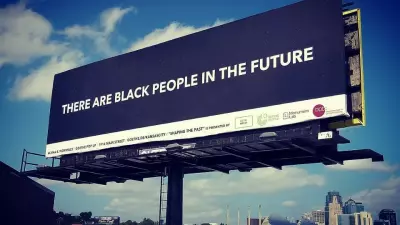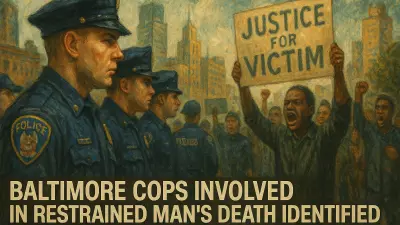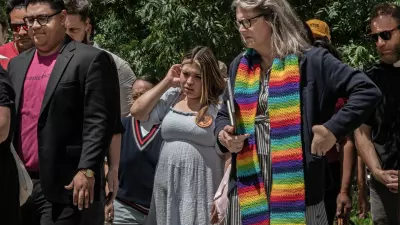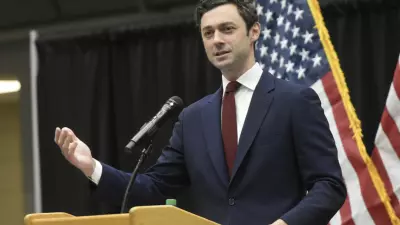Throughout Postindustrial America, more women are building movements through art, leading states, cities, companies, and launching nonprofits.

And in August, for the first time in American history, a woman of color was nominated to a major political party for vice president.
But organizations should put more resources into addressing barriers for women, said Audrey Murrell, an expert on leadership development and the acting dean of the University of Pittsburgh’s Honors College.
“Let’s fix systems and let’s fix structures and let’s fix cultures,” Murrell said. “Let’s stop designating leadership programs across all levels to fix women.”
In an era of a social justice movement and a pandemic, Kamala Harris in some ways represents both the hopes — and influence — of millions of women. And the past few years have seen unprecedented advancements by women seeking and securing public- and private-sector leadership roles.
Ahead of the Nov. 3 presidential election, 298 women are nominees for the U.S. House, bypassing the record of 234 set in the 2018 midterms, according to the Center for American Women and Politics at Rutgers University. Among them, 115 are women of color.
The number of female CEOs of Fortune 500 companies hit a record 37 this year, according to Fortune magazine. Twenty years ago, there were two.
Across Postindustrial America, women are changing perceptions of what strong leadership and influence can be — adding diversity in gender, appearance, sexual orientation, education, and economic background.
Still, women remain underrepresented in elected roles. For example, this year women hold nearly 24% of 535 U.S. congressional seats and 29% of state legislative seats, according to the Center for American Women and Politics.
Barriers include a “pipeline” problem, discrimination, and a lack of mentoring, Murrell said.
Also, “the glass cliff is real,” she said.
The phrase refers to women often being given leadership roles in times of crisis.
If they succeed, that’s often unfairly attributed to luck, Murrell said.
“But if they fail to produce a turnaround, then that does stick. And it becomes much more difficult for them to get another leadership position relative to their male counterparts,”she said.
Representation matters, which makes Biden’s pick of Harris as his running mate so significant, said Kimberly Peeler-Allen, a visiting practitioner at the Center for American Women and Politics at Rutgers University.
Peeler-Allen is helping the center conduct research on women of color in this year’s election cycle. She said women of color have long been ready for leadership roles but sexism and racism have slowed their progress.
“What I do think is with every groundbreaking candidate, it cracks that ceiling a little more,” Peeler-Allen said. “We saw Stacey Abrams in 2018 run this incredible race for governor of Georgia that really started to shift the mindset for what executive leadership could look like in this country, particularly in the South.”
In 2018, Democrat Abrams’ highly-publicized effort to become governor of Georgia — a victory would have made her the first black female governor in the U.S. — helped other women of color in political races.
But perceptions about women’s leadership need to evolve. Research shows humility and empathy — traits more often considered weaknesses in women — are more effective organizational leadership traits than win-at-all-costs styles, Murrell said.
Power and influence also is that ability to bring ideas to fruition — even in challenging times, artist Alisha Wormsley said. Wormsley created an art piece: There Are Black People In The Future. The phrase that quickly became a topic of discussion and a rallying cry.
The biggest challenges lie in the inequitable distribution of resources, she said.
“You know it puts me in a position to work against that. I’m a Black woman,” Wormsley said.
“If we’re free, then that creates the freedom for everyone.”
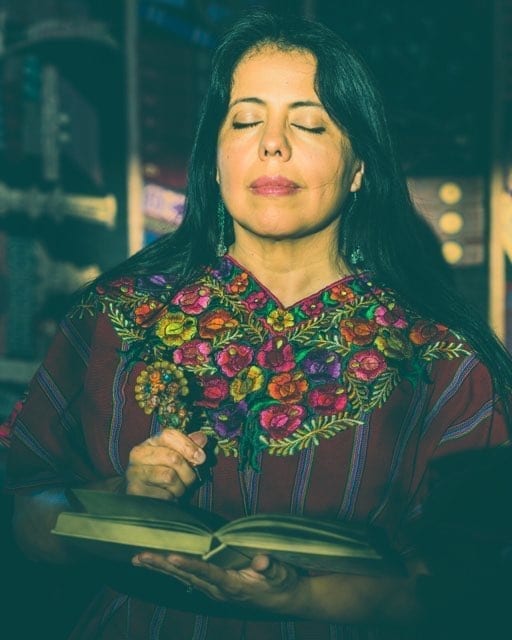
Karina Barillas
Executive director for La Casita Center
Louisville, Ky.
Karina Barillas describes herself as a founding mother of La Casita Center, a nonprofit that provides education, advocacy and wellness services to Louisville’s Latino community.
Staff and volunteers do not use the term “provides services” because that would denote having power over clients, Barillas said. Instead, the organization says it “accompanies people.”
“Our language is about being a circle. It’s very feminist,” said Barillas, a counseling pyschologist.
Barillas and three other founding mothers — two social workers and an immigration attorney — began helping families in crisis and women who were victims of domestic violence in 2000, she said.
“We were accompanying these women trying to figure out resources and services that could have a meaningful impact for them and their children to cope and overcome the crisis they were living in,” Barillas said.
That led to the founding of La Casita Center, whose services now include children’s vaccinations; domestic violence support; distribution of meals, clothing and diapers; ESL classes; and legal advocacy. The organization became a 501(c)(3) nonprofit in 2005.
“We don’t see what we do as one service and one service only. We see it as wraparound services,” Barillas said.
Barillas is a known advocate and leader in the Louisville community.
A Guatemala native who came to the U.S. as a University of Louisville Fulbright Scholar in 1994, she has been outspoken on immigration issues, and was part of efforts to fight proposed state legislation this year that would have barred Kentucky agencies from having sanctuary policies.
Despite her work, Barillas is reluctant to be labeled as a leader.
“There is not one person. I happen to be the executive director but in all reality, the power that I have is the same power that anybody in the organization has. Why? Because we have been intentional in empowering not only by words but also by the way that we relate to each other, the way that we accompany the community,” she said.

Shatorah Donovan
Chief diversity officer for the City of Buffalo
Buffalo
Shatorah Donovan grew up believing that opportunities for professional success were lacking in her hometown of Buffalo.
It’s a common outlook among Black residents there, she said.
“Being successful growing up was synonymous with leaving Buffalo. So anybody worth their stripes left,” said Donovan, who has a law degree.
After all, it’s a city where there are significant gaps between Black and white residents’ home ownership rates, household income, and educational attainment.
For example, in the Buffalo-Niagara region, 30% of Black families own homes, compared to nearly 75% of white families, according to Partnership for the Public Good, a think tank.
She worked as director of development for a nonprofit, and as an immigration lawyer. In 2018, Donovan was hired as chief diversity officer for the city of Buffalo. Now, Buffalo is where she wants to stay — in part because her job allows her to help improve the quality of life for residents of color.
“I understand that there is opportunity and also that there are obstacles in systemic racism,” she said.
As the city’s diversity officer, Donovan focuses on racial justice, which includes working with communities to better understand the challenges they face and making policy recommendations.
Her past leadership positions have been wake-up calls for her, she said, often intertwining racism and misogyny when her assertiveness was perceived as pushiness.
“What I learned from those situations was how to consensus-build and how to be very introspective in my approach,” Donovan said.
Her advice to young women entering leadership roles is to expect to be uncomfortable, she said.
“But when you’re in a place of discomfort, that means you’re being prepared for something bigger. Discomfort is an opportunity for a leader in training to grow and develop,” she said.
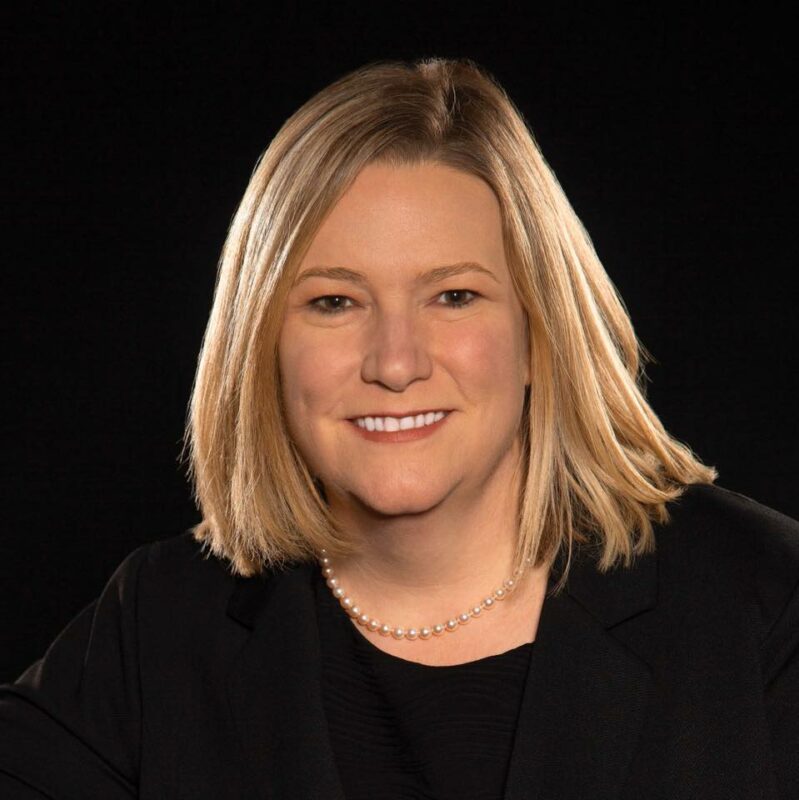
Nan Whaley
Mayor of Dayton
Ohio
At the forefront of Nan Whaley’s mind daily are the health and safety of Dayton’s residents as the mayor works to help coordinate the city’s response to the COVID-19 pandemic.
And then there is the city’s work to be done on race and equity policies and police reforms.
“It’s small enough that everyone can be connected really fast. But big enough to have big-city problems,” Whaley said.
In her seventh year as mayor, she’s trying to make sure the city of 140,000 can recover from the pandemic-induced recession.
Like many Rust Belt cities, Dayton for years put too many of its economic eggs in one basket, Whaley said. But over the last 10 years, leaders have been working to diversify its economy, she said.
Whaley, a Democrat, has been a breakout leader — the only big-city female mayor in the swing state of Ohio. She knows people are watching and expecting her to deliver.
She’s a founding board member for the Ohio Mayors Alliance, a bipartisan coalition covering Ohio’s 30 largest cities. She’s made national headlines for turning around population decline in her region, in part by launching a campaign to attract immigrants and refugees to settle there.
Whaley sees the experience of women in leadership changing because younger women don’t feel as much pressure to emulate men, she said.
“Because we’re getting more and more peers, people have a different view of what female leadership can look like,” she said.
Most of the leaders in her administration are women.
Empowering women means “not only that they have agency in their decision-making but that other people support them and support their leadership and however they want to use it,” she said.
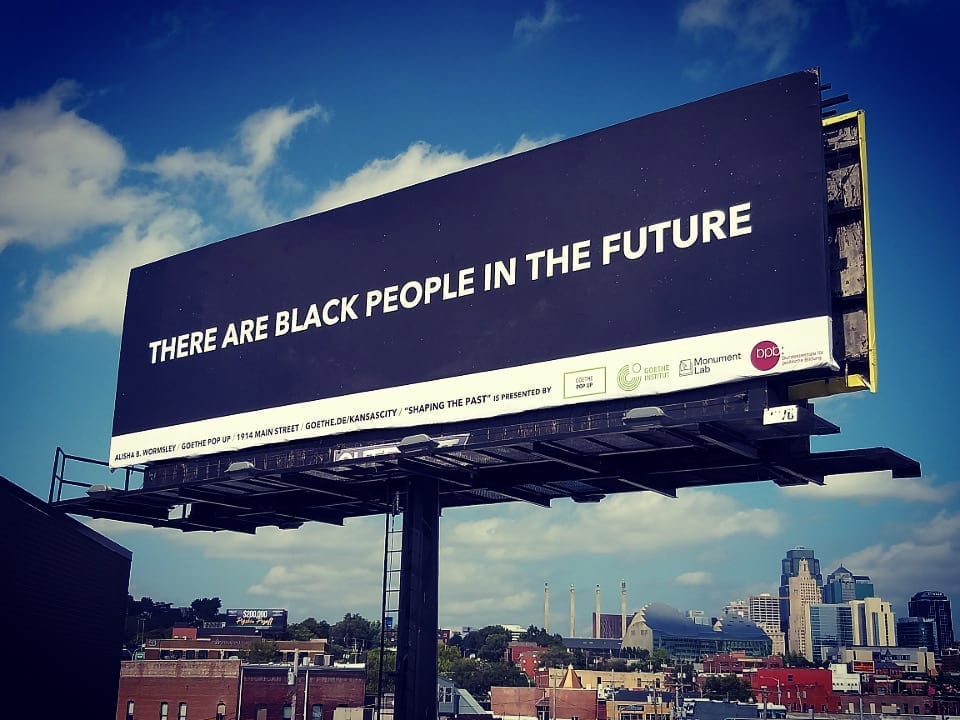
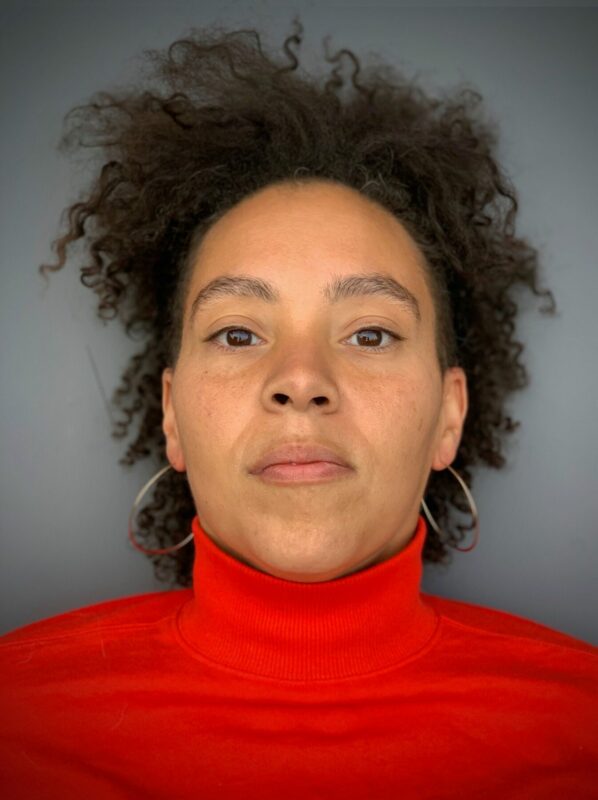
Alisha B. Wormsley
Interdisciplinary artist, cultural producer, and Presidential Post-doctoral Research Fellow at Carnegie Mellon University
Pittsburgh, Pa.
Alisha B. Wormsley wants you to know that “There are Black people in the future.”
It’s more than a phrase she coined. It’s become a rallying cry for social justice movements, including Black Lives Matter.
But Wormsley is adamant that the phrase is not political.
“It’s just a fact,” she said.
Wormsley created the phrase in 2012, when, through her residency at The Andy Warhol Museum in Pittsburgh, she was teaching experimental filmmaking to high school students at Westinghouse Academy in Homewood, a predominantly Black Pittsburgh neighborhood that is challenged by a high poverty rate.
The once-robust community was contending with blight and vacancies — like it could have been the setting of a zombie film, Wormsley’s teen students told her.
Homewood’s history and aesthetic, and the fact that so many of the sci-fi films that inspired her lacked Black characters, led to her creating the phrase “There Are Black People In The Future,” which she started incorporating into her art pieces and showing in museums.
In spring 2018, use of the phrase led to controversy.
Jon Rubin, a Carnegie Mellon University associate professor of art, used the slogan in a project called “The Last Billboard” atop a closed nightclub in East Liberty, a Pittsburgh neighborhood being gentrified.
The billboard was up for about three weeks, but was taken down a week early.
“I didn’t think that the developers would find the text threatening, which is what happened, and they demanded that it be taken down,” Wormsley said.
That led to protests against the billboard’s removal, community organizations writing letters in support of the billboard, and displays of the slogan around the country, including billboards in Detroit, Kansas City, New York and Charlotte, N.C. Yard signs popped up across Western Pennsylvania with the phrase.
“It was a community-driven response,” she said.
Wormsley created a public program from “There Are Black People In The Future,” which gives small grants to foster discourse about displacement and gentrification. She was also awarded a fellowship with Monument Lab, an independent public art and history studio in Philadelphia, and The Goethe-Institut, a German cultural institute.
This year, she launched an art residency for Black creative mothers, Sibyls Shrine, which has received two years of support from the Heinz Endowments, a nonprofit in Pittsburgh.
She defines herself as an artist, not an activist.
“I think a lot of my work is active. I think a lot of my work models a level of reciprocity that is maybe counterculture to white supremacy,” Wormsley said.
Leadership and power take many forms, and not necessarily with the most prominent person in the room, she said.
“And, so, like for me, the most powerful people I know were my grandmothers because they took care of all of us, they healed us when we were sick, they fed us, they taught us,” Wormsley said.
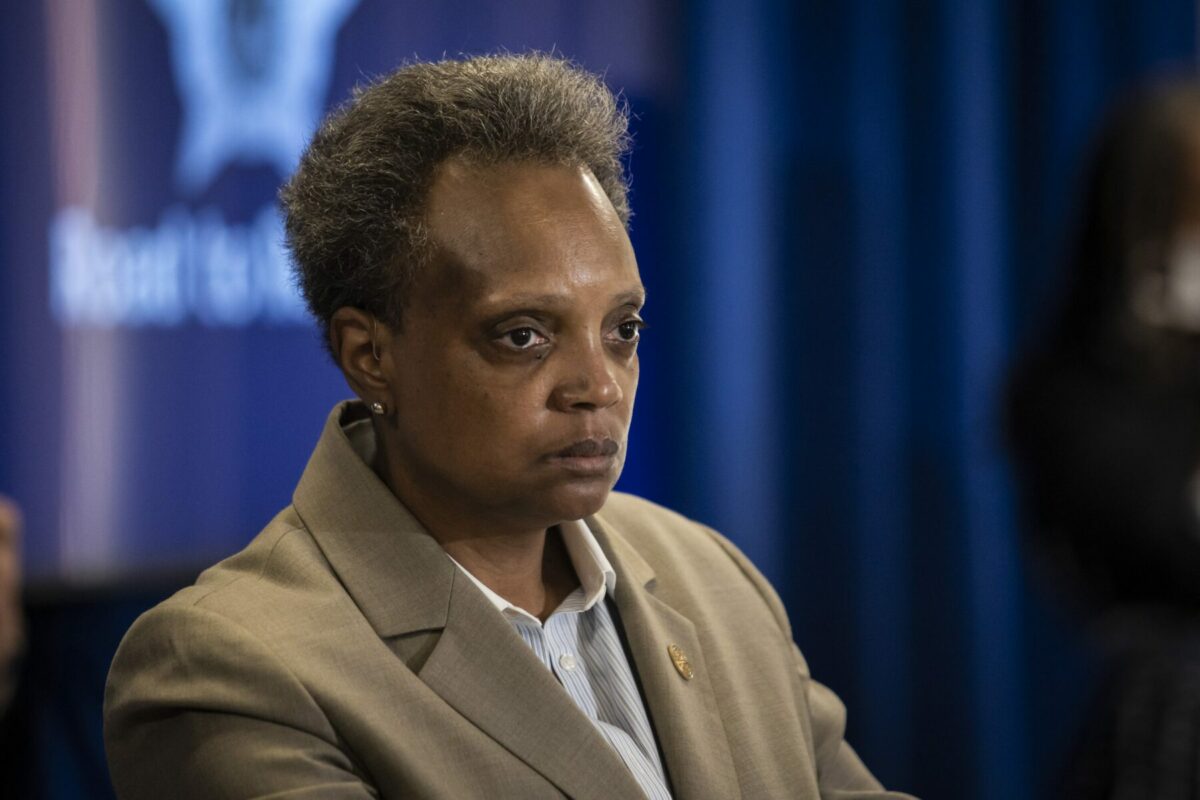
Lori Lightfoot
Mayor of Chicago
Illinois
Lori Lightfoot is the first Black mayor in Chicago history, elected last year by voters demanding change from the city’s decades-old establishment politics.
The former federal prosecutor’s campaign focused on taking on the city’s “machine” politics and promises of general reform, notably regarding its problem-plagued police department and violent crime. She was initially considered a longshot but won as a first-time political candidate, defeating the head of the Cook County Democratic Party.
“Today, you did more than make history,” Lightfoot told hundreds of supporters on election night, as reported by the Chicago Tribune. “You created a movement for change.”
She promised to create a new aldermanic culture in city hall, and to implement court-driven reforms of a police department marred by data showing cops are prone to use excessive force. The Chicago Tribune reported in June that Lightfoot missed court-ordered deadlines in attempts to overhaul the police department.
Lightfoot clashed publicly with her predecessor, Rahm Emanuel, over how to reach a police reform deal with the U.S. Justice Department. Before she was elected, Lightfoot served as president of the city’s police board, quitting just before she announced her mayoral run.
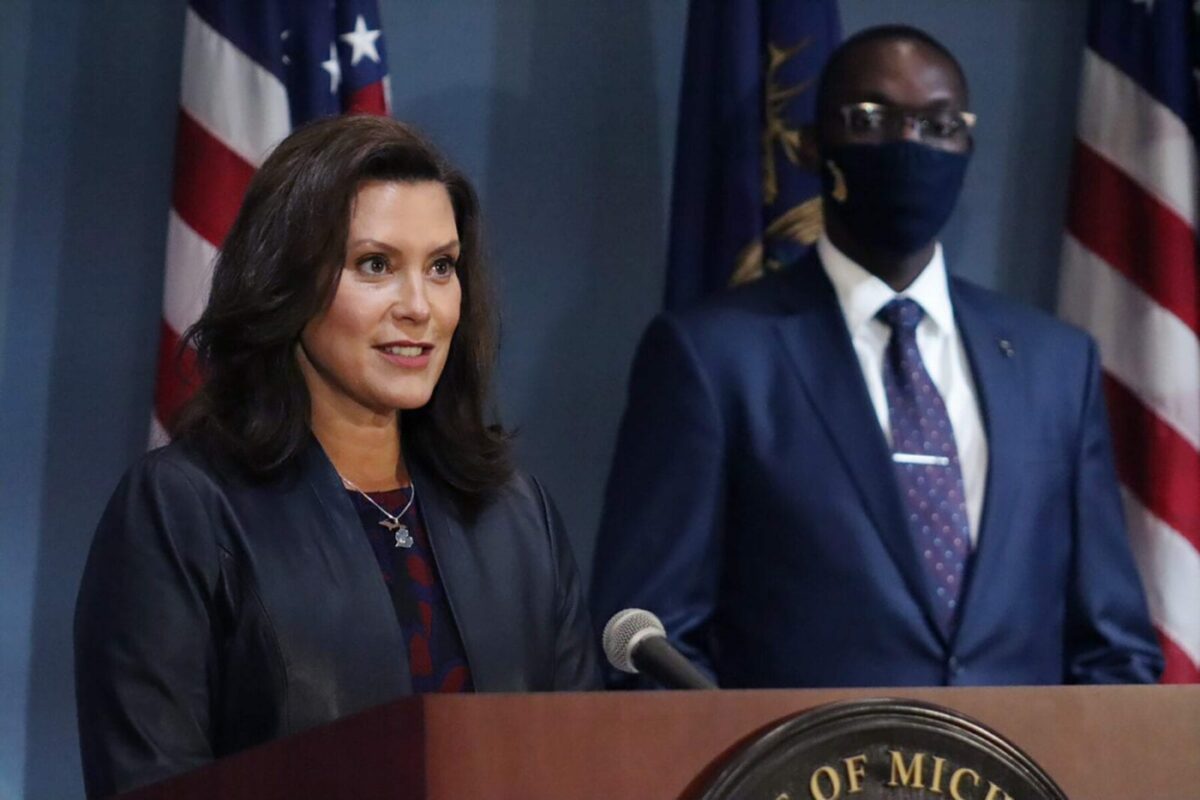
Gretchen Whitmer
Governor of Michigan
Lansing
Michigan Gov. Gretchen Whitmer’s pandemic shutdown orders have drawn broad support, but also prompted armed protesters to gather at the state Capitol during 2020, a crucial year for this swing state.
Her shutdown orders withstood a legal challenge, with a judge upholding the governor’s power to act “for the public health of the entire state when faced with a public crisis.” Voters seem to agree: Whitmer’s approval rating in September was 59 percent, up 15 points from January, according to The Detroit News.
Whitmer, a Democrat, had already served 14 years in the state Legislature when she won the gubernatorial race in 2018’sg midterm elections, defeating Republican Bill Schuette, a state attorney general, by a nearly 10-point margin.
She also was the first woman to lead a party caucus in the Michigan Senate, in 2011.
Early in the pandemic, she began pleading for federal help while criticizing the lack of a national strategy to contain COVID-19. President Donald Trump poked fun at Whitmer, a Democrat, calling her “Gretchen Half Whitmer,” and during one White House press briefing called her “the woman from Michigan,” Politico reports.
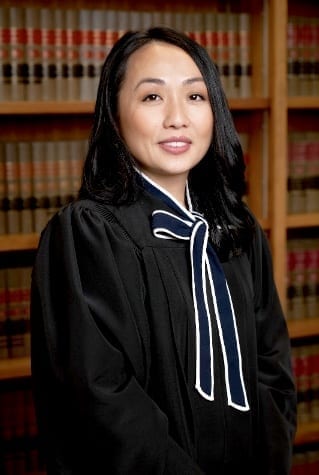
Kashoua Kristy Yang
Milwaukee County Circuit Court judge
Wisconsin
Judge Kashoua Kristy Yang has forged a career in firsts.
In 2017, she became the first Asian-American person to be elected a judge without an appointment in Wisconsin and the first elected judge of Hmong ethnicity without an appointment in the United States. Three years later, she is still the only one.
She’s proud of her groundbreaking achievement but she wishes things were different, she said.
“It is lonely. But it’s not to say I don’t have a good support system. I do. My colleagues are great. But it would be helpful emotionally to have someone who might be able to have a shared experience. I think we can all appreciate the value of that, of shared experiences,” Yang said.
But getting other Asian-American women in judgeships will take more than mentorship, Yang said.
It’s also about creating an environment and engaging with other people in the legal community to make them more open to embracing more female Asian-American judges in Wisconsin.
“Because what follows is going to be based in part on that first impression,” said Yang, who was a lawyer with her own private practice before her election.
The third oldest of 11 children, Yang was 6 when she and her family came to the United States from a refugee camp in Thailand in the mid-1980s.
“We came here with nothing more than the clothes on our backs,” she said.
She saw how hard her parents worked to make a life for themselves and their children in their new surroundings, so she and her siblings worked hard, too.
“My siblings and I played the role of interpreters, secretaries and, when we got our licenses, we drove them. They could drive but we helped them in any way we could. We became adults at a very young age,” said Yang, a widowed mother of three daughters.
Those childhood lessons carried over into her professional life, she said.
Yang sees service to others as empowering, as leadership, she said.
“I think being in a position of leadership and especially in the context of the judge, I have the ability and I’m given the power by the Legislature to sentence individuals that takes into consideration the needs of the juvenile, the need to protect the community, as well as ensuring the victims have a voice in court,” Yang said.

